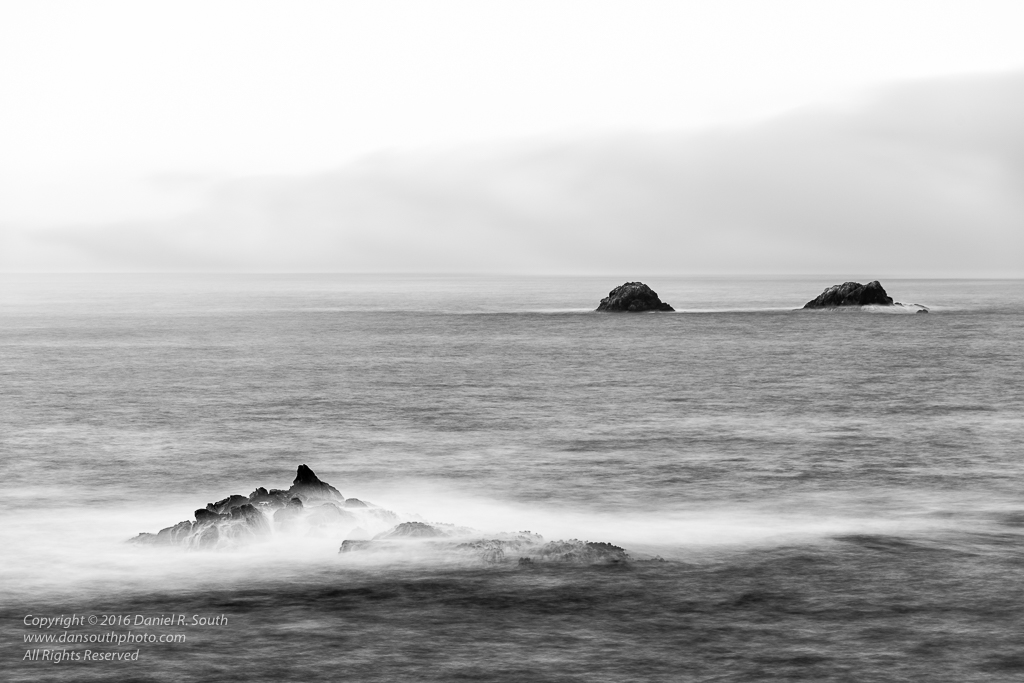A friend suggested that the Earth Color Magic blog shouldn't wrap up its year with a black and white photo. I realized that he had a point. So here, for my color appreciating friends, is one last entry for what has been a fulfilling and enjoyable 2015.
People sometimes find this hard to believe, but landscape photography is a fast paced activity. Subjects like mountains and coastlines don't move around, but the light and the atmosphere change constantly. It's not unusual to have to work fast to get the shots that you want.
The best color of a sunset, for instance, rarely lasts for more than a couple of minutes. In order to capture peak moments, the photographer needs to interpret changing conditions, get his gear into position, compose, focus, and execute the exposure quickly and accurately.
 |
| Sunset Over the Lighthouse at Point Sur |
I was photographing a line of trees about a mile from the lighthouse when I realized that a terrific sunset was about to reveal itself. I grabbed my gear, jumped in the car, and drove up the road for a more promising shooting location - being mindful of traffic, of course!
The Lighthouse at Point Sur is one of my favorite West Coast subjects. It sits atop a massive rock that juts out into the relentless surf of the Pacific Ocean.
I set up the camera again in a spot where I could silhouette the lighthouse against the most colorful part of the sky. I pulled out a couple of my best lenses and raced to get as many shots as I could.
This was one of my favorites. It reminds me of the great fun that I have had over the years chasing fantastic light along this magical stretch of the California coastline.
Camera: Nikon D810
Lens: Nikon AF-S Nikkor 24-70mm f/2.8G ED
Wishing you great light and meaningful moments!
Copyright 2015 Daniel R. South
All Rights Reserved












